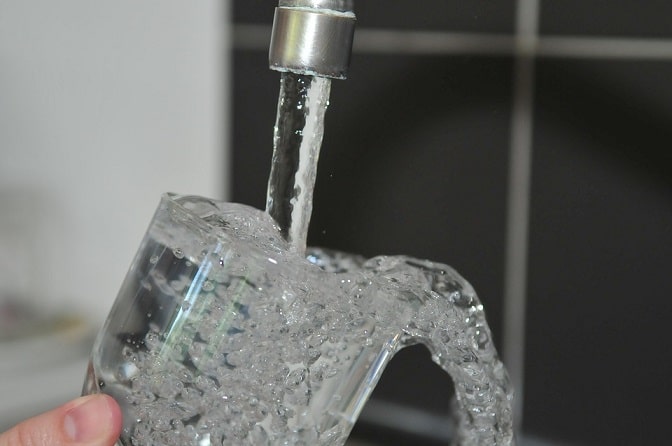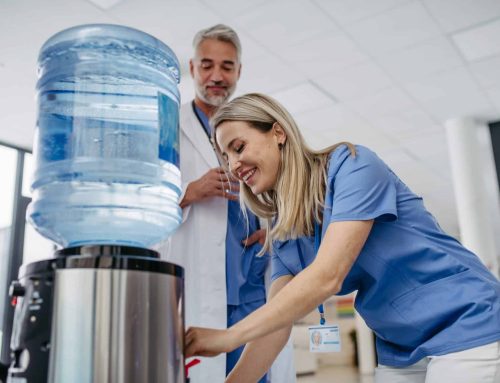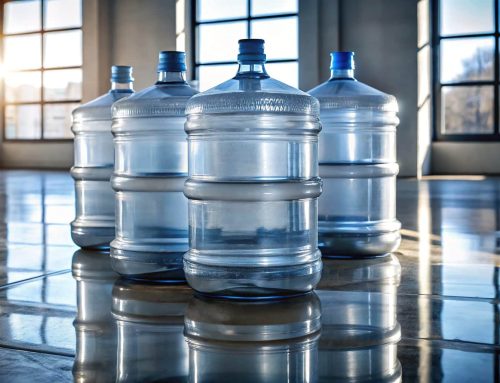In South Africa, water scarcity has been the leading topic in the news during the past few years. That’s because there have been bouts of drought all through the years, with a lot of attention being placed on the Western Cape, which became one of the most adverse and leading water crisis-based provinces in the country.
This has caused an incredible uproar surrounding day zero and the prediction that Cape Town would’ve become the first city in the world to run out of water globally in 2018. Luckily, the city managed to restore itself.
However, there are many parts of the country to which attention has been shifted.
Now, Eastern Cape and Gauteng are making headlines more than the Western Cape, which has recovered since the drought.
The Eastern Cape treasury has recognized the need to invest in drought relief for the province, and thus, managed to make R120 million available to several towns that have run out of clean drinking water. This has been caused by decreased rainfall in certain regions, leaving dams dried up. The total water capacity of water has also dropped to 50%.
Nearing the end of October, residents in the Eastern Cape have been warned, particularly in Mount Fletcher, Ugie, Lady Grey, Burgersdorp, Maclear, Barkley East, and Aliwal North. They have been warned to refrain from drinking water that is supplied by the municipality as ism and have also been urged to boil it before drinking it.
Zolile Williams, the manager of the Joe Gqabi Municipality has urged residents to add a single teaspoon of bleach for every 25 liters of drinking water for safety purposes. Up until now, 10 out of 13 towns in the Joe Gqabi Municipality District has reached level 3 water restrictions.
Get bottled water dispenser and plumbed water dispenser from Living-Water in London.






